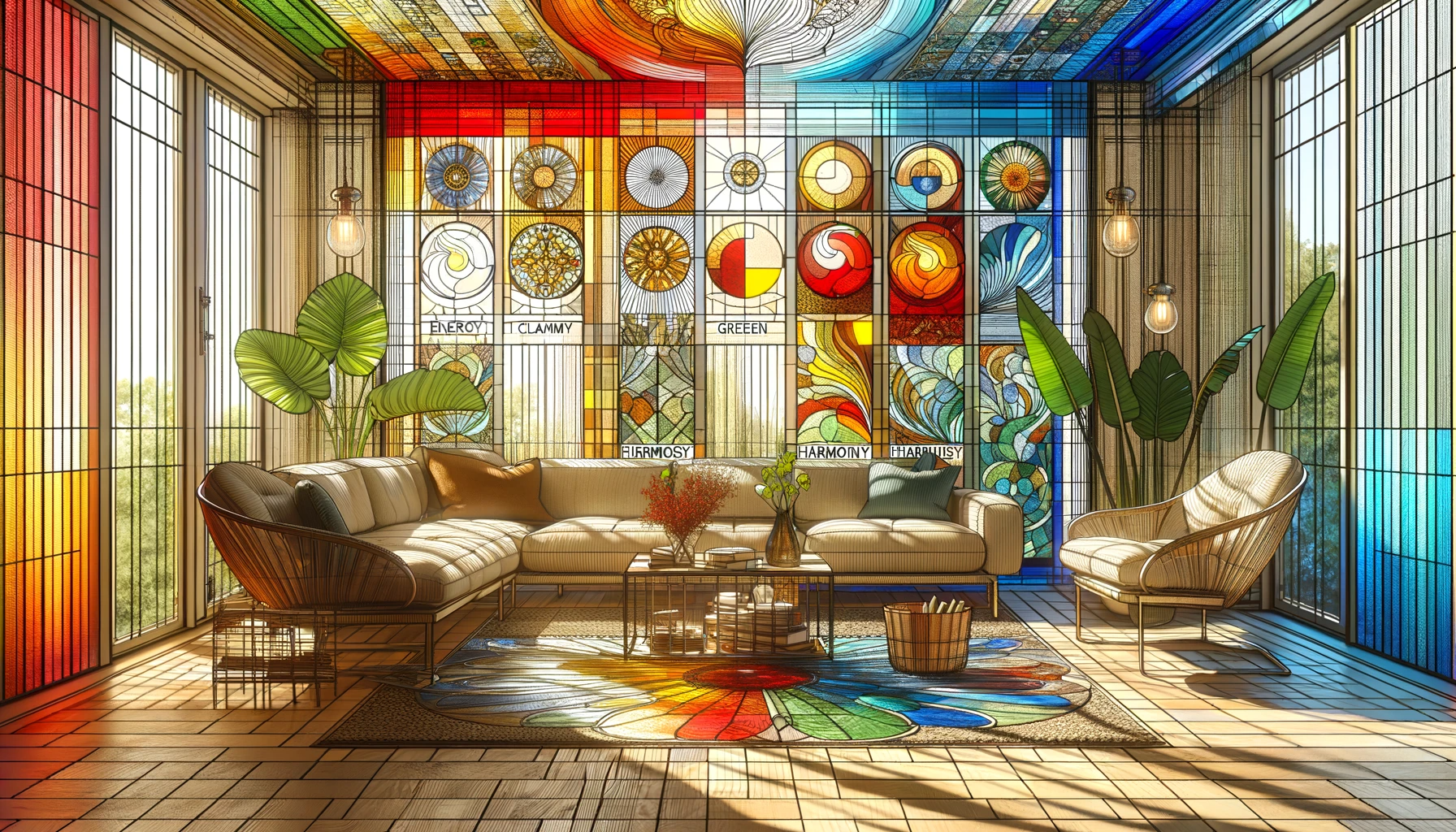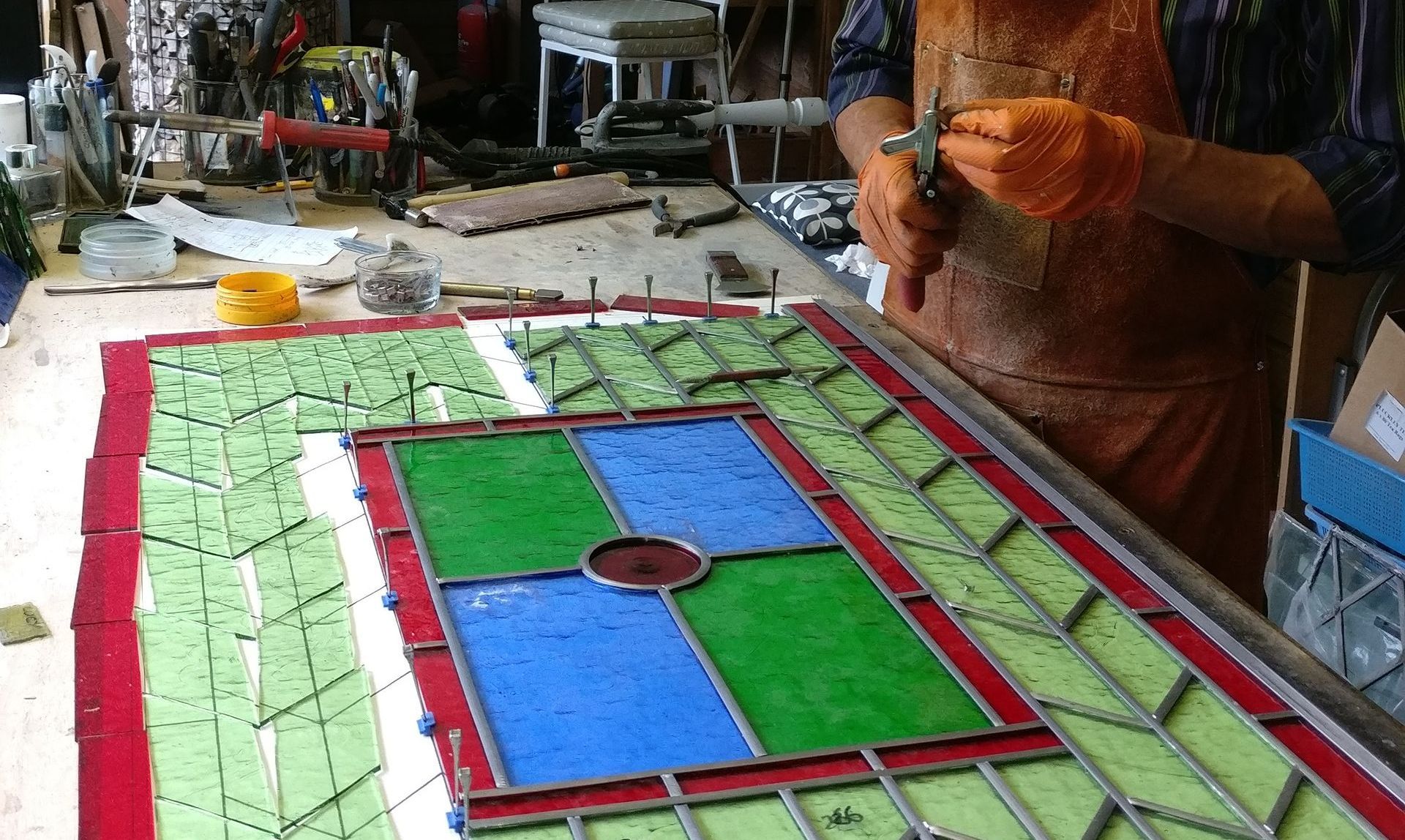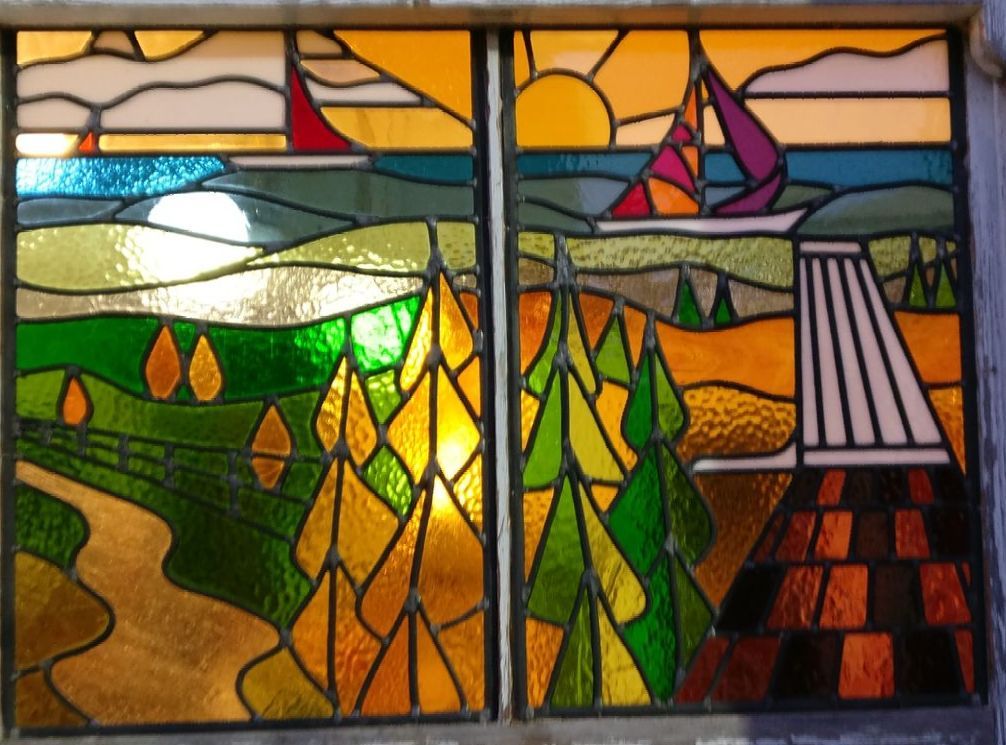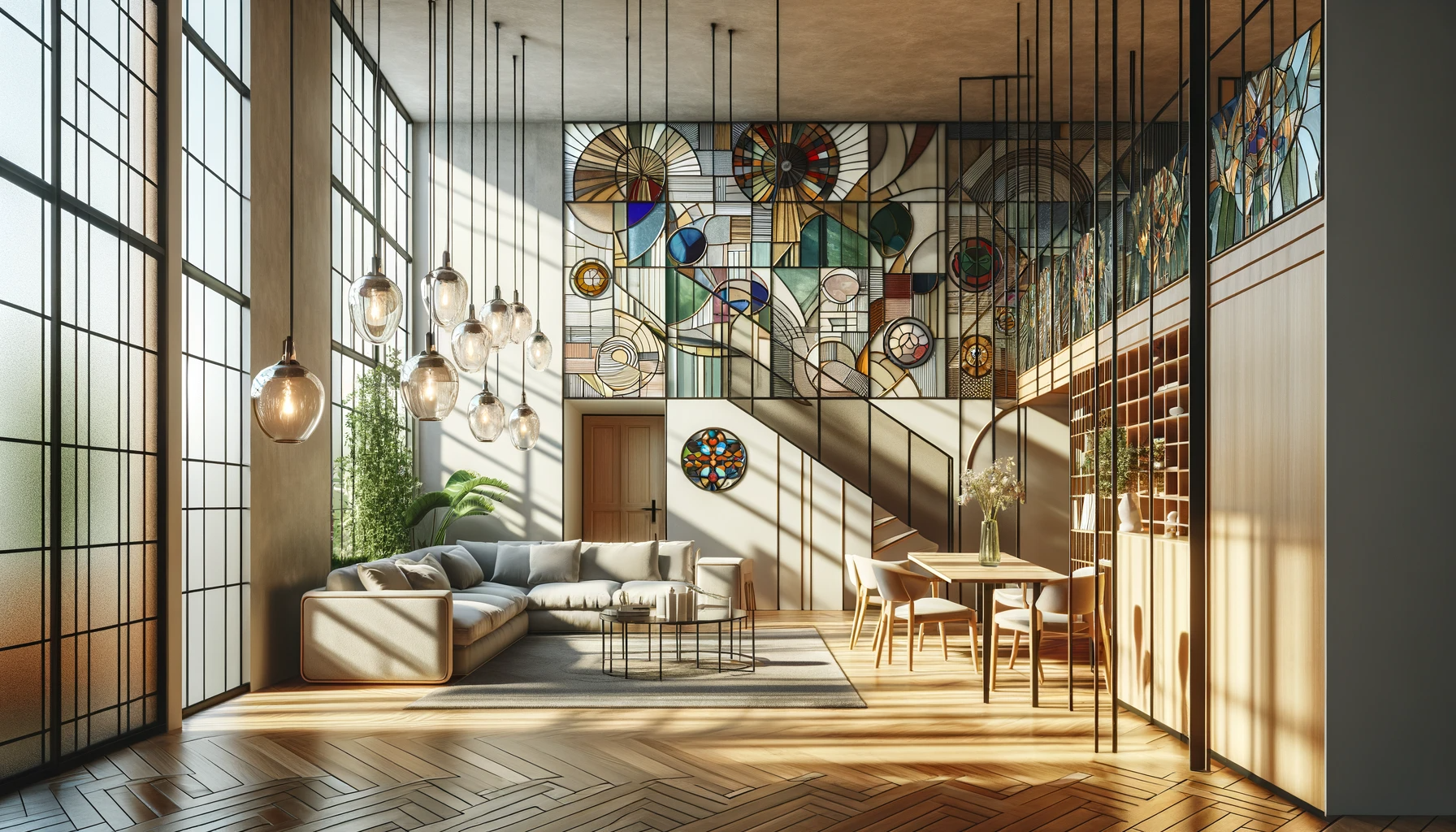Colour Psychology in Stained Glass Design
Stained glass is not just a visual delight; it's a kaleidoscope of colours that can influence emotions and atmospheres in any space. Understanding the psychology behind these colours can transform the way we incorporate stained glass in our homes.

The Impact of Colour on Mood and Emotion
Colours have a profound effect on our mood and emotions. This is not just a subjective experience; numerous studies in colour psychology have shown that different hues can evoke different feelings and reactions. When these colours are cast in light through stained glass, their impact is even more pronounced.
Red: Warmth and Energy
Red, a colour often associated with warmth, passion, and energy, can create a sense of excitement and vibrancy in a room. In stained glass, red can be used to energize a space, making it ideal for living areas or creative spaces.
Blue: Calm and Serenity
Blue, the colour of the sky and sea, is revered for its calming and soothing properties. Blue stained glass can create a peaceful and tranquil environment, perfect for bedrooms or areas designated for relaxation.
Green: Harmony and Balance
Green, the colour of nature, is soothing and rejuvenating. It symbolizes growth, harmony, and balance. Green stained glass is excellent for spaces where you want to create a sense of tranquility and connection to nature.
Yellow: Cheerfulness and Optimism
Yellow, the brightest colour to the human eye, represents cheerfulness, optimism, and playfulness. Yellow stained glass can infuse a room with a sense of sunshine and joy, ideal for kitchens or dining areas.
Using Colour to Transform Spaces
Stained glass is a unique way to incorporate colour into your home. Unlike painted walls or decor items, the colours in stained glass change and dance with the light throughout the day, creating a living palette in your home.
Enhancing Small Spaces
In smaller or darker rooms, stained glass can add depth and interest. Lighter colours like soft blues, greens, or lavenders can make a space feel larger and more open.
Creating Focal Points
A stained glass window or panel in a bold, vibrant colour can become a stunning focal point in any room. It draws the eye and adds a touch of artistic elegance.
The Lead Light Gallery Approach
At the Lead Light Gallery, we understand the power of colour. Our artisans expertly craft stained glass pieces that not only beautify your space but also enhance your living experience through the thoughtful use of colour.

Tailoring to Your Preferences
Whether you prefer the vibrant energy of reds and oranges or the soothing serenity of blues and greens, we can create a custom design that resonates with your personal style and the psychological needs of your space.
Expert Colour Consultation
Our team offers expert consultation to help you choose the right colours for your stained glass, ensuring that each piece is not just a decorative item, but a contribution to the overall ambiance of your home.
Conclusion
Stained glass is more than a decorative element; it's a medium through which colour can be used to influence mood and atmosphere. The Lead Light Gallery is dedicated to harnessing the power of colour psychology in our stained glass designs, creating pieces that are not only visually stunning but also emotionally resonant. Let us help you bring the magic of colour into your home.





